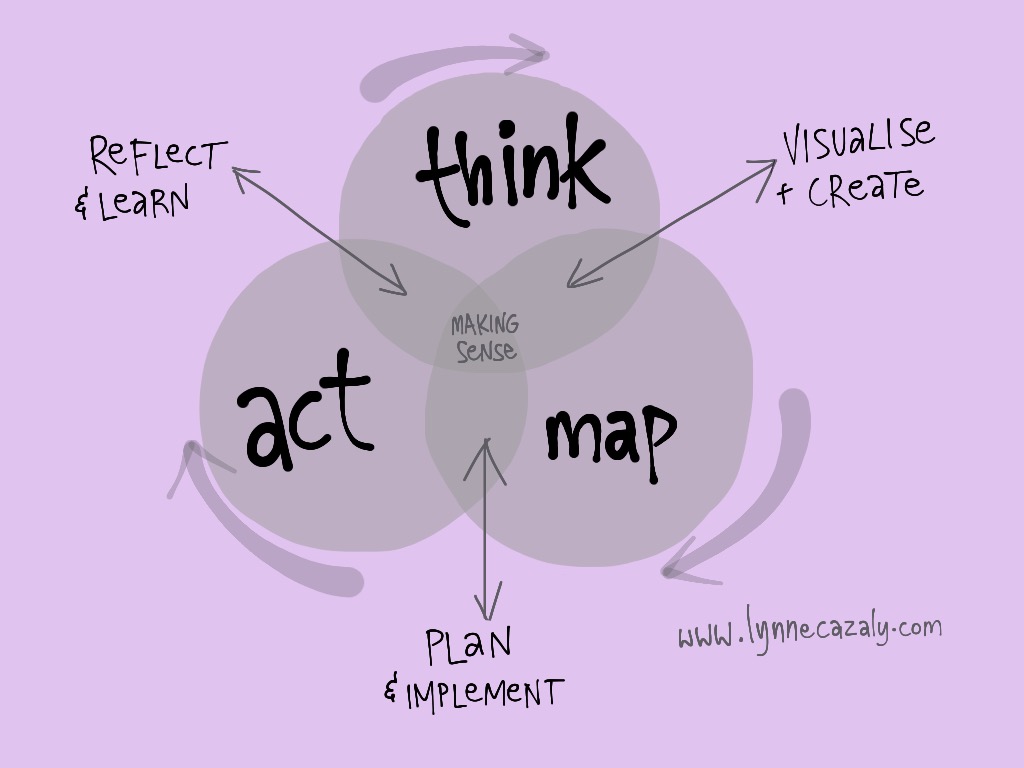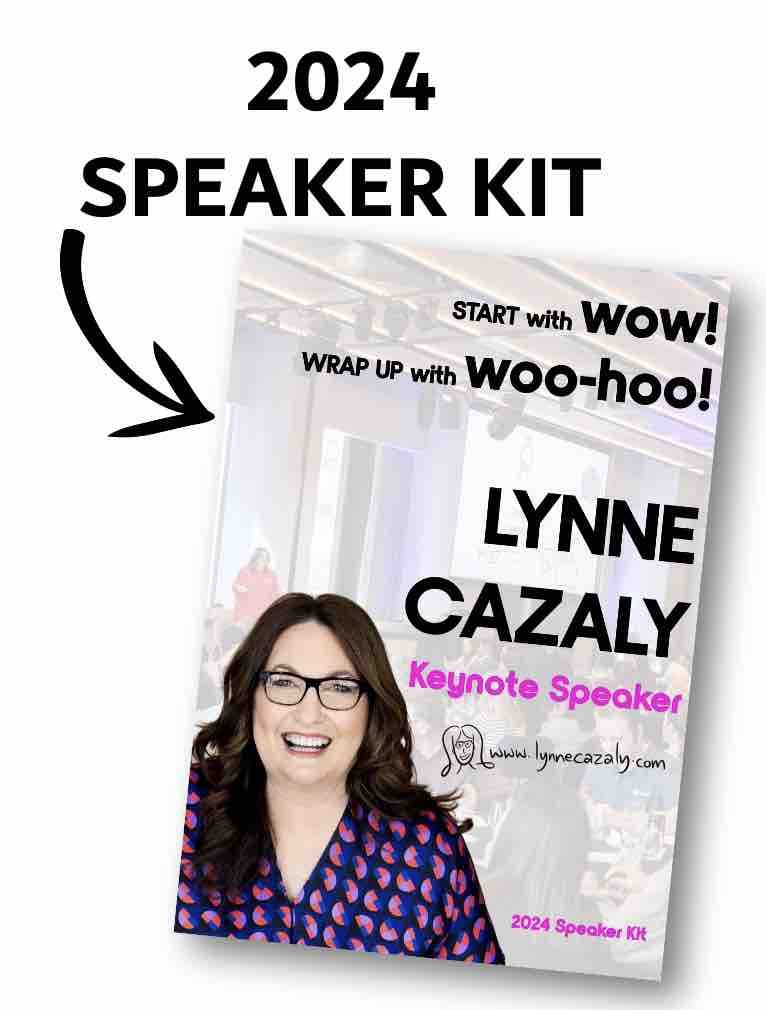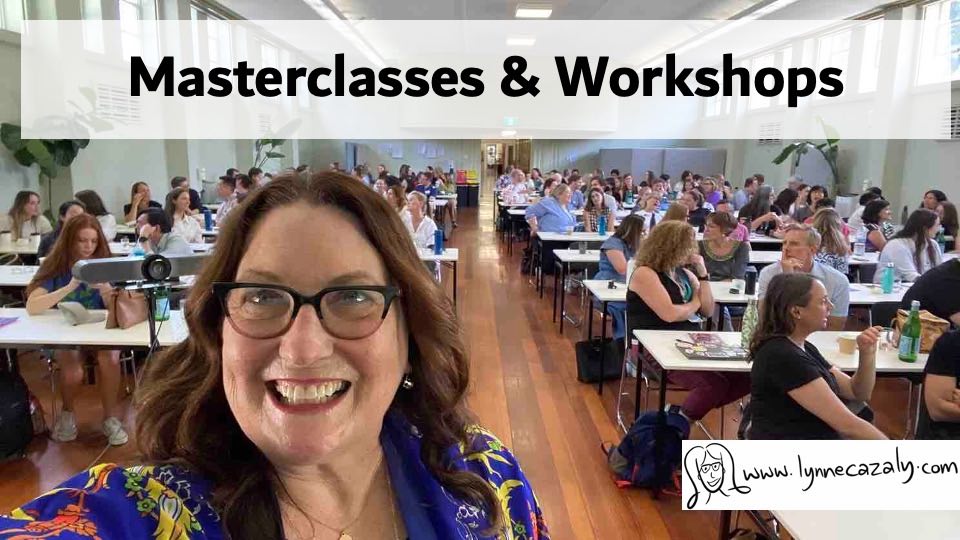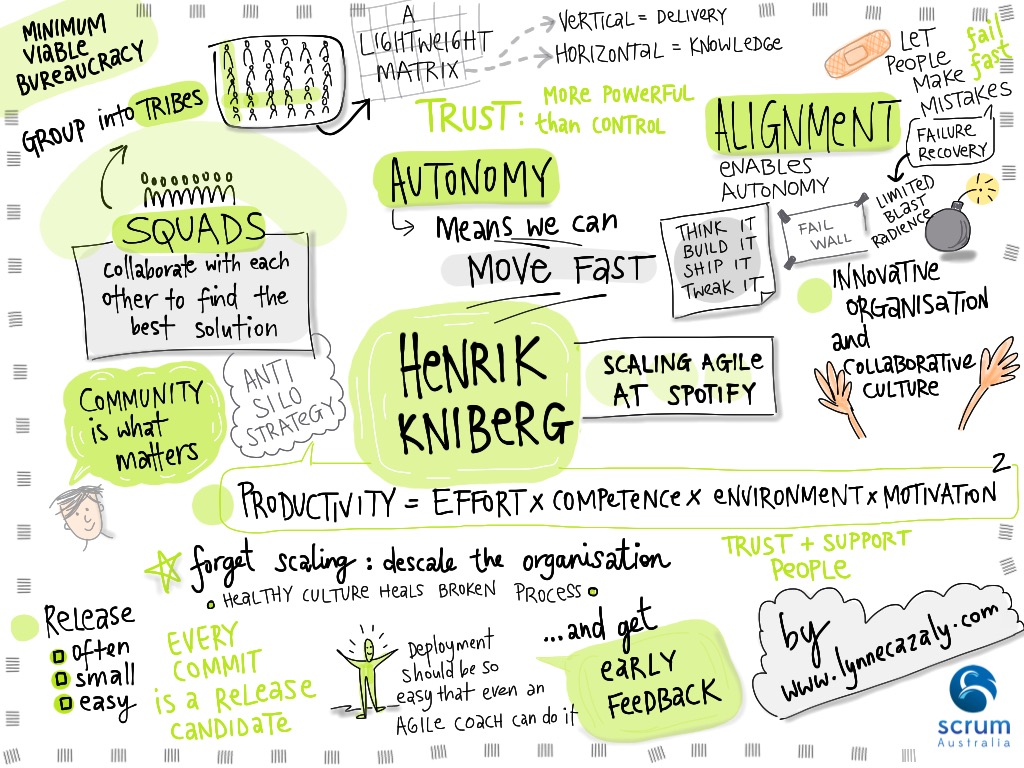How to deal with all that complexity and uncertainty
 Thursday, August 13, 2015 at 2:51PM
Thursday, August 13, 2015 at 2:51PM  With the world all VUCA (volatile, uncertain, complex and ambiguous) things can get pretty scary for our teams, clients, competitors, customers… and ourselves.
With the world all VUCA (volatile, uncertain, complex and ambiguous) things can get pretty scary for our teams, clients, competitors, customers… and ourselves.
Perception is...
I heard a comedian say ‘perception is nine tenths of the law’; a take on the adage that possession was nine tenths of the law.
But that's how we make our representation of the world... our perceptions. We need a map, a visual sense or a way of connecting some dots to understand what's happening. It gives us something to hold on to and helps reduce fear about unknowns.
So where the **** are we?
Author and Director of MIT’s Leadership Centre, Deborah Ancona shares the story of some soldiers lost in the Swiss Alps. Not knowing where they were, things got even more uncertain when it began snowing. Visibility dropped, landmarks were unknown. But later, one of the soldiers found a map in their pocket. Hooray! They worked their way through the map and found themselves out of the snow and clear to safety.
It turns out the map was of the Pyrenees, not the Alps! It shows that, as sensemaking elder Karl Weick says, 'any old map will do'. The soldiers had purpose, focus and they were heading somewhere. The map was just a start.
Ask these:
So two questions to ask to deal with uncertainty and complexity are:
- What’s going on here?
- Now what should I do?
These questions help us make meaning about things. You’re more able to pick up on cues and clusters of information when you’re looking to connect some dots Wondering what's going on and what you should do will help.
Map it out
The best way to look at what the story is and what’s going on is to map it out. Do this for yourself on a piece of paper, on a tablet or a whiteboard and most of all... for the people you're working with.
This is 'making sense' and it often starts with chaos. Phew! That’s a relief, because we need sense making most when things are a tad crazy. Like VUCA crazy.
Sense comes after action
Don’t just sit and wonder or be all talk. Making sense is about action. Think, map and act and then think and map some more.
In sense making we are constantly iterating, changing, building, developing, growing and shifting our understanding. Things can’t help but be shaped and shifted when we talk about them.
In a VUCA world, things will never be totally ‘right’ or ‘all right’. There will always be more change. Get used to that and keep making sense by mapping it out.



















